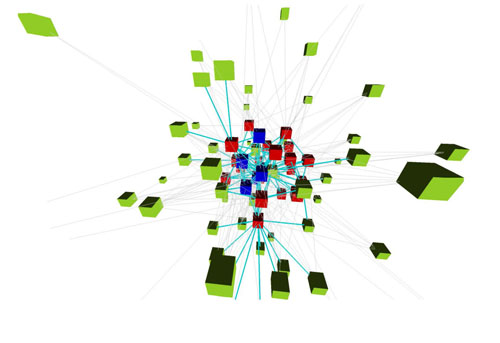In this third SOTT Talk Radio show broadcast live on Sunday February 3rd, 2013, SOTT.net editors Joe and Niall were again joined by Jason Martin, along with special guests Laura Knight-Jadczyk and Harrison Koehli, editor of Red Pill Press, publisher of the underground classic,
Political Ponerology: A Science on the Nature of Evil, Adjusted for Political Purposes. Together they discussed arguably the most important topic of our time: psychopaths and their influence in our world.
The 'virtues' of CEOs, political leaders, heart surgeons, soldiers and others possessing 'psychopathic qualities' is being heavily promoted through the mainstream media, academia and popular culture. References to psychopaths in TV shows like
Dexter and movies like
Seven Psychopaths would seem to suggest that psychopaths are not only generally known about and understood, but are also appealing to ordinary people.
But are psychopaths really cool? And what is a psychopath anyway? How many of them are out there and how long have they been around us? Everyone has an opinion about psychopaths, but are we all talking about the same thing? Bestselling books like Kevin Dutton's
Wisdom of Psychopaths encourage people to 'unlock their inner psychopath'; does that mean we are all potentially psychopaths?
Running Time: 02:18:00
Download: MP3



Comment: The breathing and meditation techniques of the Éiriú Eolas program are geared towards stimulating the vagus nerve so that you, the practitioner, can enjoy the healing and life affirming results of the Vagusstuff.